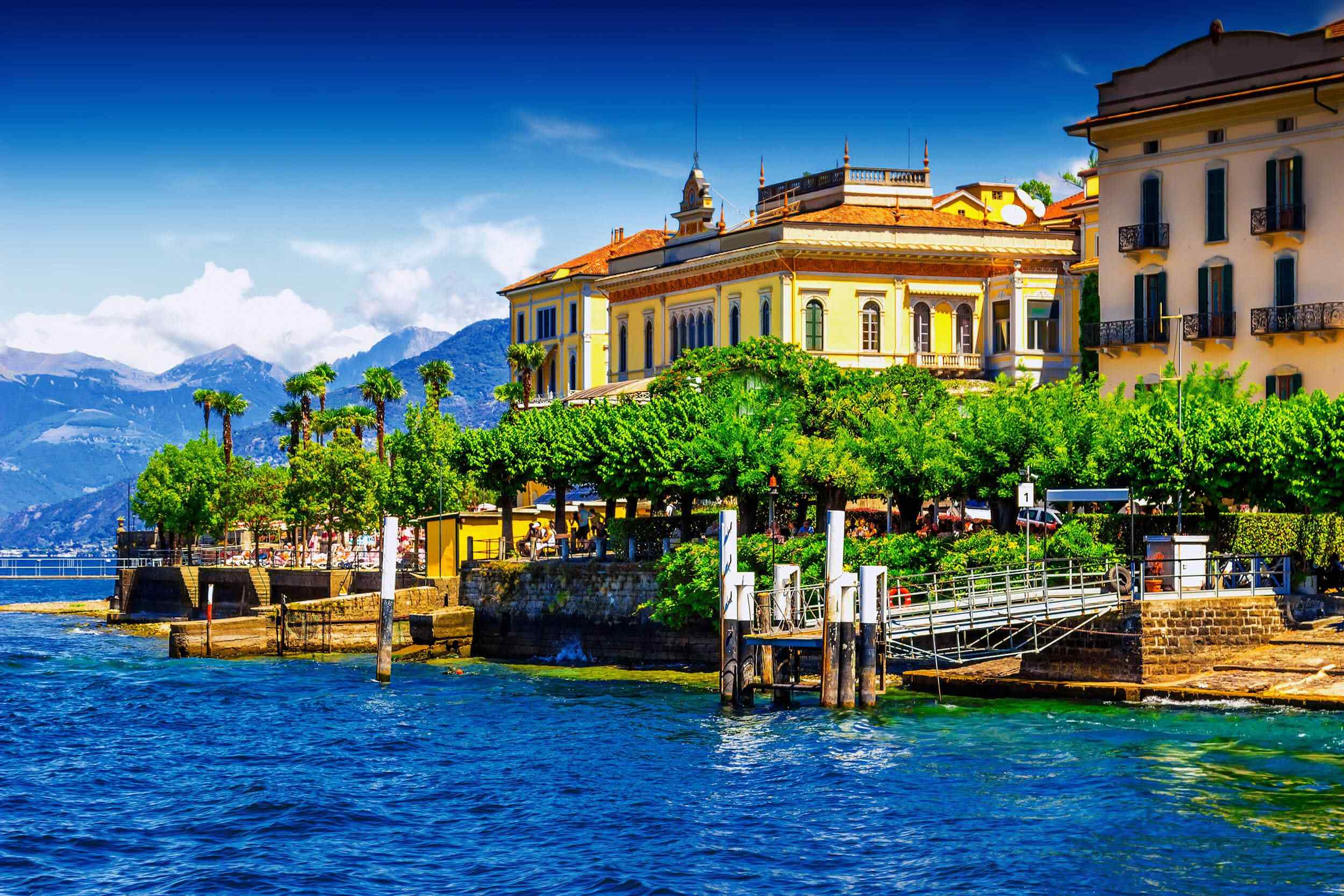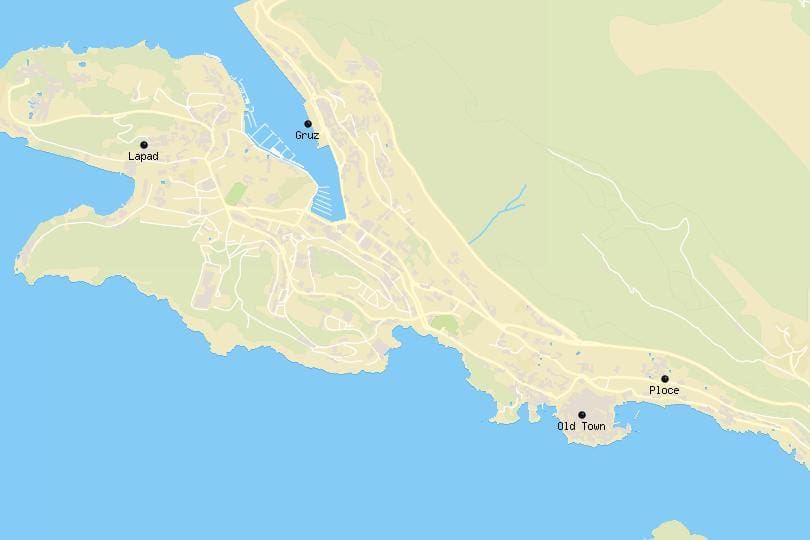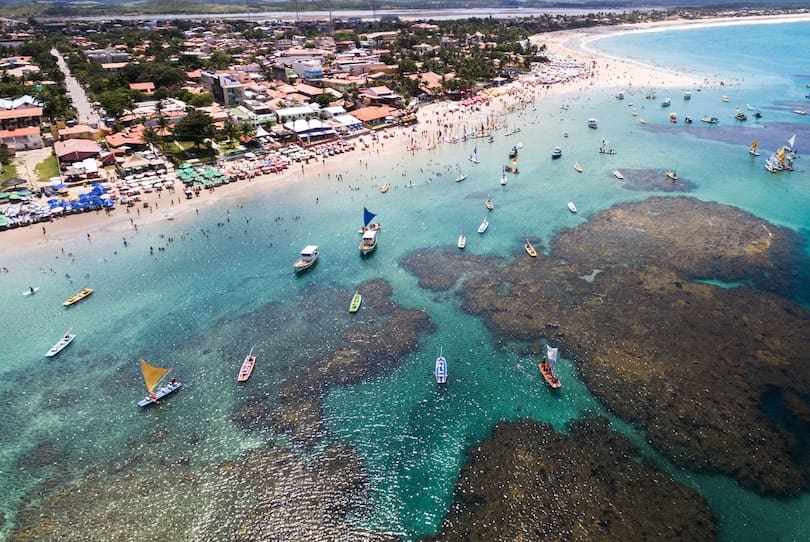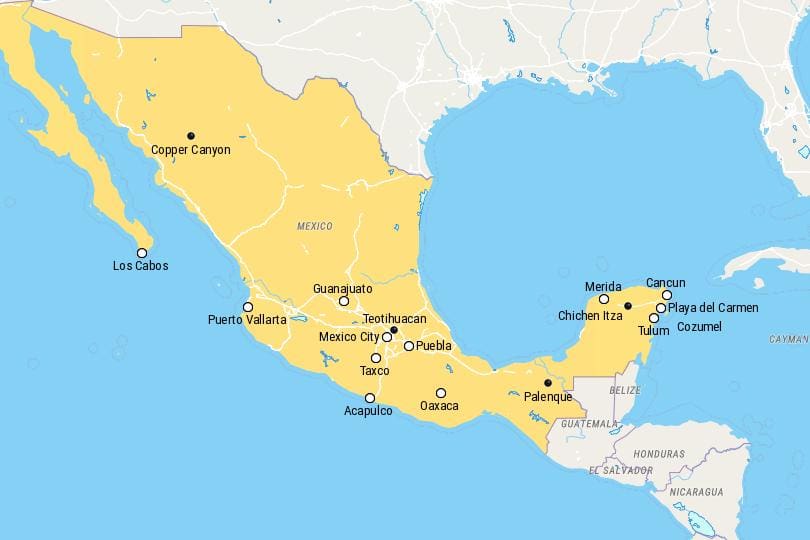Mumbai, the bustling metropolis of India, is not just a city of dreams but also a treasure trove of history and culture. From colonial-era architecture to iconic landmarks that have witnessed centuries of change, Mumbai offers a fascinating glimpse into its rich past. In this article, we explore the top 5 historical places and monuments in Mumbai that every history enthusiast and traveler should visit. These sites are not only architecturally stunning but also hold immense cultural and historical significance.
1. Gateway of India: The Iconic Symbol of Mumbai
Historical Significance
The Gateway of India is undoubtedly Mumbai’s most famous landmark and a symbol of the city’s colonial past. Built during the British Raj, this grand arch was inaugurated in 1924 to commemorate the visit of King George V and Queen Mary to India in 1911. Designed by Scottish architect George Wittet, the structure blends Indo-Saracenic architectural styles with intricate latticework and domes.
Constructed as a ceremonial arch, it served as a gateway for dignitaries arriving by sea. Over the years, it has become synonymous with Mumbai itself, representing both the city’s colonial legacy and its emergence as a modern metropolis. Interestingly, the last British troops departed from India through this very gateway in 1948, marking the end of British rule.
Architectural Marvel
The Gateway of India stands at a height of 26 meters (85 feet) and spans 20 meters (66 feet) in width. Constructed using yellow basalt and reinforced concrete, the monument reflects a fusion of Indian, Islamic, and Western architectural elements. Its central dome, adorned with intricate carvings, is flanked by four turrets that add symmetry and grandeur to the design.
The use of local materials like basalt gives the structure a warm, golden hue, especially during sunrise and sunset. The steps leading down to the Arabian Sea provide a picturesque setting for visitors to relax and soak in the atmosphere.
Why Visit?
- Photography Opportunities : Capture stunning images of the Gateway against the backdrop of the Arabian Sea.
- Cultural Hub : Street vendors, artists, and performers create a lively ambiance around the monument.
- Proximity to Other Attractions : Located near the Taj Mahal Palace Hotel and Colaba Causeway, making it easy to combine visits.
Tips for Visitors
- Arrive early in the morning or late afternoon to avoid crowds and enjoy better lighting for photos.
- Take a boat ride from the nearby jetty to get a unique perspective of the Gateway from the water.
- Be cautious of hawkers and unauthorized guides who may approach you.
2. Chhatrapati Shivaji Maharaj Vastu Sangrahalaya (CSMVS): A Treasure Trove of Artifacts
Historical Significance
Formerly known as the Prince of Wales Museum, the Chhatrapati Shivaji Maharaj Vastu Sangrahalaya (CSMVS) is one of India’s premier museums. Established in 1922, it houses an extensive collection of artifacts spanning over 5,000 years of Indian history. The museum was named after the great Maratha warrior king Chhatrapati Shivaji Maharaj to honor his legacy.
During World War I, the building served as a military hospital before being converted into a museum. Today, it stands as a testament to India’s rich cultural heritage, showcasing everything from ancient sculptures to contemporary art.
Architectural Marvel
Designed by British architect George Wittet, the museum’s architecture is a blend of Hindu, Islamic, and Gothic styles. Its red sandstone facade, domes, and intricate carvings make it a visual delight. The central dome, inspired by the Gol Gumbaz in Bijapur, dominates the skyline, while the interior features spacious galleries and well-lit exhibition halls.
The museum’s layout includes sections dedicated to art, archaeology, natural history, and decorative arts. Each gallery provides a deep dive into specific aspects of Indian culture, from miniature paintings to tribal artifacts.
Why Visit?
- Diverse Collections : Explore rare artifacts like ancient Indus Valley Civilization seals, Buddhist sculptures, and Mughal miniatures.
- Educational Value : Learn about India’s history, art, and traditions through interactive displays and guided tours.
- Special Exhibitions : The museum frequently hosts temporary exhibitions featuring international and national artists.
Tips for Visitors
- Allocate at least 2-3 hours to fully appreciate the museum’s vast collection.
- Hire an audio guide or join a guided tour for a more immersive experience.
- Check the museum’s website for upcoming events and exhibitions before your visit.
3. Elephanta Caves: A UNESCO World Heritage Site
Historical Significance
Located on Elephanta Island in Mumbai Harbor, the Elephanta Caves date back to the 5th-8th centuries AD. These rock-cut caves are dedicated to Lord Shiva and feature some of the finest examples of Indian temple architecture. Originally called Gharapuri (City of Caves), they were renamed “Elephanta” by Portuguese explorers who discovered a massive stone elephant near the site.
The caves were carved out of solid basalt rock by skilled artisans under the patronage of various dynasties, including the Kalachuris and Rashtrakutas. They served as places of worship and meditation for devotees of Lord Shiva.
Architectural Marvel
The main cave, Cave 1, is renowned for its colossal sculptures and intricate carvings depicting various forms of Lord Shiva. Highlights include:
- Trimurti Sculpture : A towering representation of Shiva in his three aspects—creation, preservation, and destruction.
- Ardhanarishvara : A depiction of Shiva and Parvati fused into one form, symbolizing the unity of male and female energies.
- Ravana Shaking Mount Kailash : A dramatic portrayal of Ravana attempting to lift Mount Kailash, where Shiva resides.
The caves’ interiors are dimly lit, creating an ethereal atmosphere that enhances their spiritual aura. Pillars and columns support the roof, while niches house smaller shrines and idols.
Why Visit?
- Spiritual Experience : Feel the tranquility and reverence of these ancient temples.
- Scenic Ferry Ride : Enjoy a relaxing ferry ride from the Gateway of India to reach the island.
- Photography Opportunities : Capture the intricate carvings and sculptures in natural light.
Tips for Visitors
- Wear comfortable shoes, as the walk from the jetty to the caves involves climbing steep steps.
- Carry water and snacks, as there are limited facilities on the island.
- Visit during low tide for easier access to the caves.
4. Haji Ali Dargah: A Spiritual Landmark
Historical Significance
The Haji Ali Dargah is a revered Sufi shrine located on an islet off the coast of Worli in Mumbai. Built in 1431 in memory of Sayyed Pir Haji Ali Shah Bukhari, a wealthy Muslim merchant turned ascetic, the dargah attracts millions of devotees from all faiths every year. It is considered one of the most sacred Islamic sites in India.
Legend has it that Haji Ali renounced his wealth and embarked on a pilgrimage to Mecca. Upon returning, he instructed his followers to bury him at the spot where his casket would land after being cast into the sea. True to his prophecy, the casket came to rest on the islet, and the dargah was built there.
Architectural Marvel
The white-domed structure stands majestically against the backdrop of the Arabian Sea. Its minarets and intricate marble work reflect traditional Islamic architecture. Visitors must walk along a narrow causeway to reach the dargah, which becomes submerged during high tide.
Inside, the tomb of Haji Ali is adorned with embroidered silk sheets and flowers. Pilgrims tie threads on the lattice screens as a symbol of their prayers and wishes. The serene ambiance and rhythmic chants of Quranic verses create a deeply spiritual experience.
Why Visit?
- Seek Blessings : Many believe that visiting the dargah brings good fortune and fulfills wishes.
- Admire the Architecture : Marvel at the exquisite craftsmanship and attention to detail.
- Enjoy Panoramic Views : The surrounding sea offers breathtaking vistas, especially during sunset.
Tips for Visitors
- Dress modestly and remove footwear before entering the shrine.
- Visit during weekdays to avoid large crowds, particularly on Thursdays and Fridays.
- Respect local customs and refrain from loud conversations inside the premises.
5. Bombay High Court: A Pillar of Justice
Historical Significance
Established in 1862, the Bombay High Court is one of the oldest high courts in India. It has played a pivotal role in shaping the country’s legal system and continues to be a symbol of justice and democracy. Many landmark judgments have been delivered here, making it an integral part of Mumbai’s judicial history.
During British rule, the court was modeled after English common law principles. Over the decades, it has evolved to address contemporary issues, including civil rights, environmental protection, and corporate disputes.
Architectural Marvel
The court building is a fine example of Gothic Revival architecture, characterized by pointed arches, stained glass windows, and towering spires. Designed by British architect James Trubshawe, the structure exudes grandeur and elegance. The central tower rises to a height of 56 meters (184 feet), making it one of Mumbai’s tallest buildings at the time of its construction.
Inside, the courtrooms are adorned with wooden paneling, chandeliers, and ornate ceilings. The library houses an extensive collection of legal texts and manuscripts, serving as a valuable resource for lawyers and scholars.
Why Visit?
- Observe Live Proceedings : Gain insights into India’s judicial process by attending public hearings (with prior permission).
- Appreciate Architectural Beauty : Admire the intricate details and craftsmanship of the building.
- Learn About Legal History : Understand how the court has influenced India’s socio-political landscape.
Tips for Visitors
- Obtain permission in advance if you wish to attend court proceedings.
- Silence mobile phones and maintain decorum inside the premises.
- Guided tours may be available; inquire at the reception desk for details.
Travel Tips for Exploring Mumbai’s Historical Sites
- Plan Your Itinerary : Prioritize your visits based on opening hours and proximity to each other.
- Wear Comfortable Footwear : Many sites require walking or climbing stairs.
- Respect Local Customs : Dress modestly when visiting religious sites like Haji Ali Dargah.
- Carry Water and Snacks : Some locations may not have refreshment stalls nearby.
- Book Tickets in Advance : For popular attractions like Elephanta Caves and CSMVS, pre-booking saves time.
- Use Public Transport Wisely : Mumbai’s local trains and buses are affordable and efficient ways to navigate the city.
- Stay Hydrated : The humid climate can be taxing, so drink plenty of water throughout the day.
- Be Mindful of Safety : Keep valuables secure and avoid isolated areas, especially at night.
Other Notable Historical Places in Mumbai
While the above five monuments are must-visits, Mumbai boasts several other historically significant sites worth exploring:
Victoria Terminus (Chhatrapati Shivaji Maharaj Terminus)
A UNESCO World Heritage Site, this railway station is a masterpiece of Victorian Gothic architecture. Designed by Frederick William Stevens, it features intricate carvings, stained glass windows, and a towering dome.
Mount Mary Church
Perched atop a hill in Bandra, this Roman Catholic basilica is dedicated to the Virgin Mary. It attracts thousands of pilgrims during the annual feast held in September.
Rajabai Clock Tower
Modeled after Big Ben in London, this clock tower is part of the University of Mumbai campus. Standing at 85 meters (280 feet), it is one of the tallest structures in the city.
Mani Bhavan Gandhi Museum
This museum commemorates Mahatma Gandhi’s life and work. It houses personal belongings, photographs, and letters belonging to the Father of the Nation.
St. Thomas Cathedral
One of the oldest Anglican churches in Mumbai, St. Thomas Cathedral dates back to 1718. Its simple yet elegant design reflects early colonial influences.
Conclusion
Mumbai’s historical places and monuments offer a fascinating blend of culture, spirituality, and architectural brilliance. Whether you’re marveling at the grandeur of the Gateway of India, exploring the ancient carvings of Elephanta Caves, or seeking solace at Haji Ali Dargah, each site tells a unique story of the city’s vibrant past. By visiting these landmarks, you not only immerse yourself in history but also gain a deeper appreciation for Mumbai’s diverse heritage.
Frequently Asked Questions (FAQs)
- What is the best way to reach Elephanta Caves?
- Ferries operate regularly from the Gateway of India; the journey takes about an hour.
- Is there an entry fee for the Gateway of India?
- No, entry is free, but guided tours may charge nominal fees.
- Can non-Muslims visit Haji Ali Dargah?
- Yes, people of all religions are welcome, provided they follow dress codes and customs.
- Are photography restrictions in place at these sites?
- While photography is generally allowed outdoors, some interiors (like museums) may prohibit it.
- Which is the closest railway station to CSMVS?
- Churchgate Railway Station is approximately 2 km away.
- How long does it take to explore the Elephanta Caves?
- Plan for 2-3 hours to fully appreciate the sculptures and surroundings.
- Is the Bombay High Court open to tourists?
- Yes, visitors can attend public hearings, but cameras and phones are not allowed inside.
- When was the Gateway of India built?
- Construction began in 1911 and was completed in 1924.
- What makes CSMVS unique among Indian museums?
- Its vast collection spans art, archaeology, and natural history, offering a holistic view of Indian heritage.
- Are there food options near Haji Ali Dargah?
- Street vendors sell snacks and beverages outside the premises.








